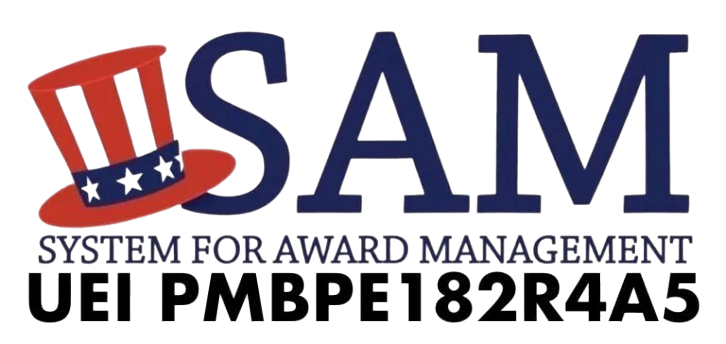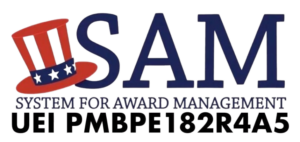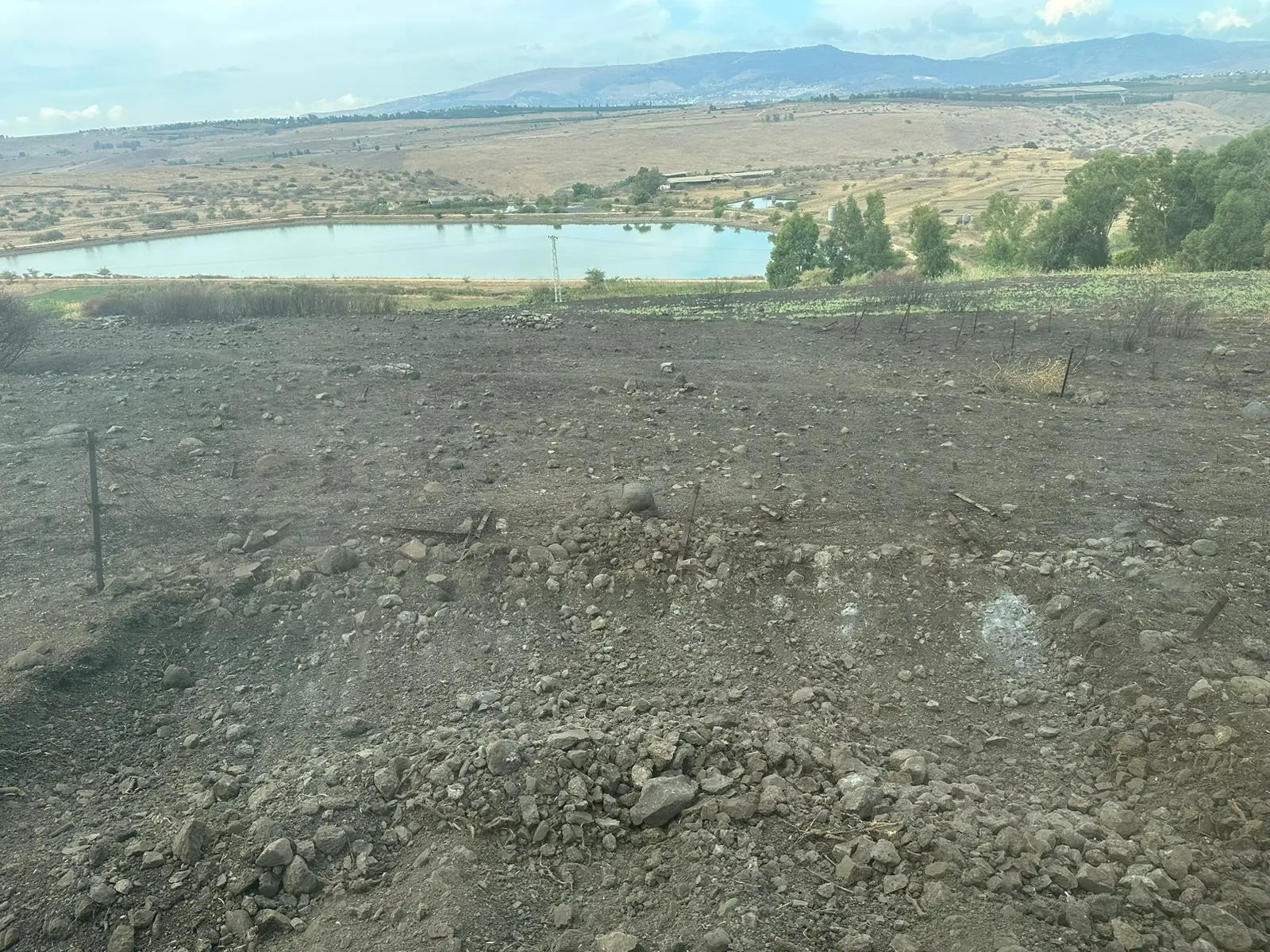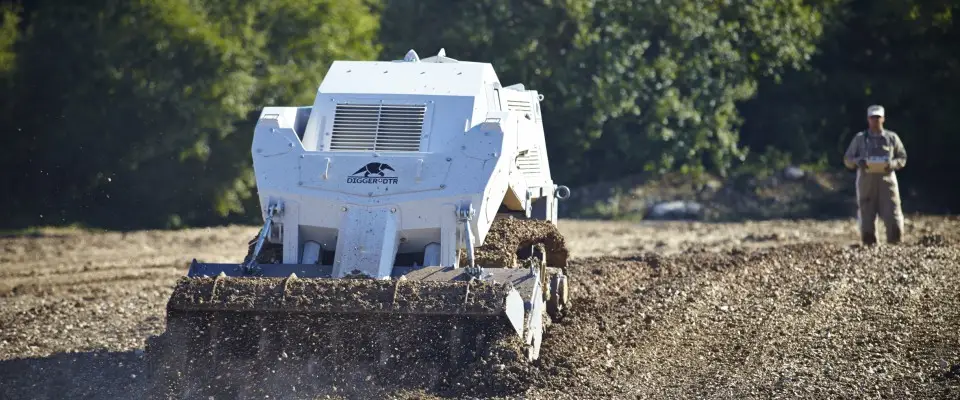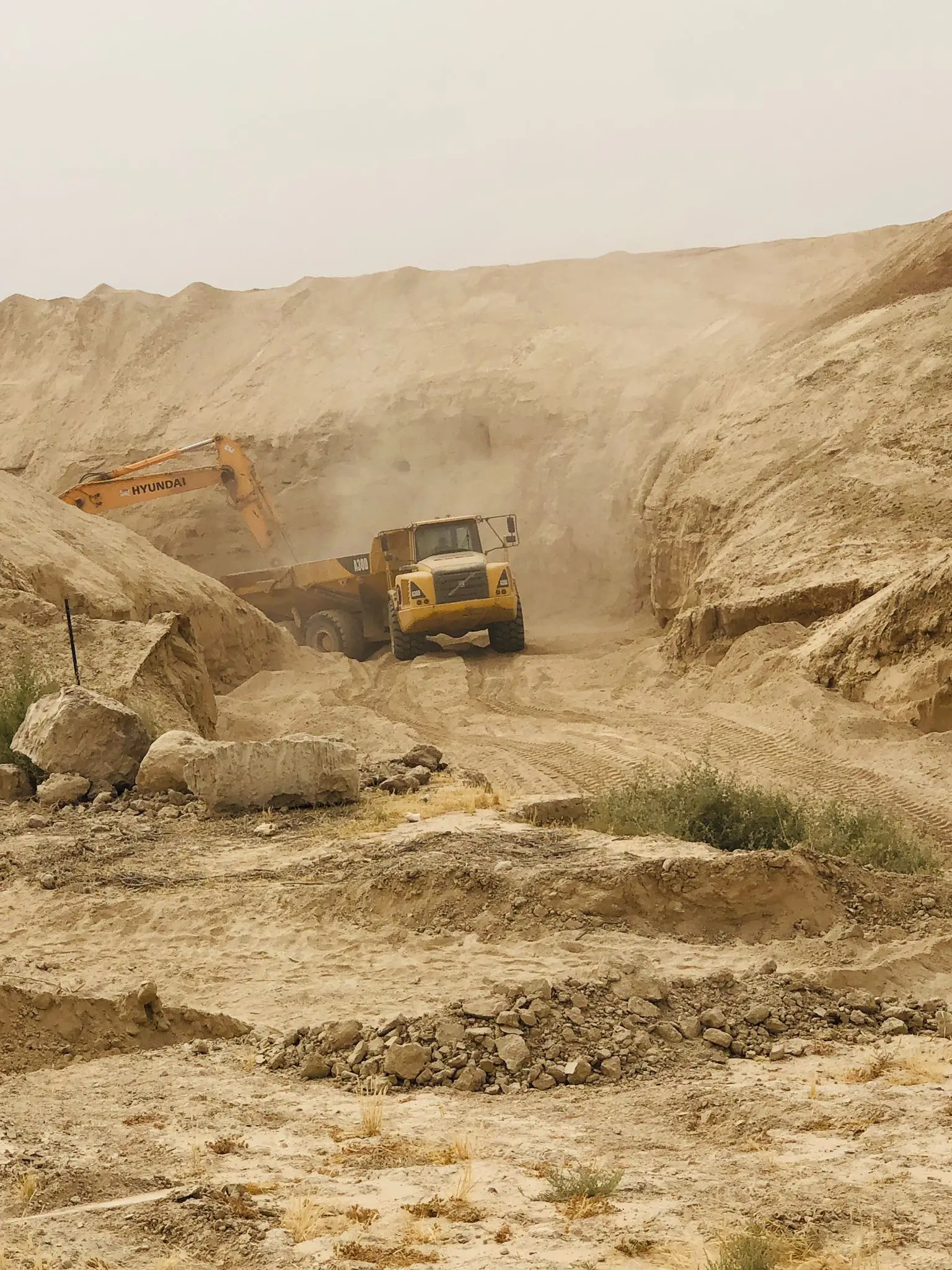For communities living in the shadow of conflict, the silent threat of landmines casts a long and devastating pall. At 4M Defense, we understand the urgency and complexity of this challenge. Operating globally, our mission is to create safer environments by employing an innovative combination of technology and the extensive active military experience of our management team in landmine clearance and Explosive Ordnance Disposal (EOD). This deep-rooted expertise allows us to provide our clients with tailor-made solutions, and at the heart of these solutions lies our meticulous and effective Landmine Detection Techniques.
The process of finding hidden landmines is a multi-layered approach, demanding precision, expertise, and the intelligent application of various techniques. It’s not a one-size-fits-all endeavor; rather, it requires a thorough assessment of the operational environment, considering factors such as terrain, soil composition, vegetation, and the potential types of landmines present.
Key Landmine Detection Techniques Used by 4M Defense
1. Non-Technical Survey: Mapping the Hazard
Before any ground disturbance occurs, a crucial first step is the non-technical survey. This involves gathering information from various sources, including local communities, historical records, and satellite imagery, to identify and map suspected hazardous areas (SHAs). This initial phase helps to define the scope of the problem and prioritize areas for clearance. As our colleagues at FOERSTER Group highlight, accurate mapping is paramount in ensuring the safety of civilians and the efficiency of clearance operations.
2. Technical Survey: Pinpointing the Threat
Once the SHAs are identified, the technical survey begins. This is where our specialized teams and advanced technologies come into play. Our experienced deminers utilize a range of detection methods, often in combination, to pinpoint the exact location of landmines:
- Metal Detectors: These remain a cornerstone of landmine detection. They work by emitting an electromagnetic field and detecting disturbances caused by metallic components within the mine. Our teams are proficient in using various types of metal detectors, adapting their approach based on the specific environment and potential mine types.
- Ground Penetrating Radar (GPR): This technology uses radio waves to create subsurface images, detecting anomalies in the soil that could indicate the presence of buried landmines, even those with minimal metallic content. GPR is particularly valuable in areas with challenging soil conditions or where plastic-cased mines are suspected.
- Mine Detection Dogs (MDDs): The remarkable olfactory capabilities of trained dogs offer a highly effective and often faster method of detection. Our MDD teams undergo rigorous training to identify the specific scent of explosive materials. Their agility and ability to cover large areas make them an invaluable asset in our operations.
- Visual Inspection: While technology plays a vital role, the trained eye of an experienced deminer remains critical. Visual inspection involves carefully examining the ground for tell-tale signs of mine placement, such as disturbed soil, tripwires, or the subtle outline of a buried device.
3. Data Analysis and Interpretation:
The data collected from various detection methods is meticulously analyzed and interpreted by our expert teams. This integrated approach helps to reduce false positives and increase the accuracy of landmine identification. Our management team’s extensive experience in interpreting complex data ensures that we can effectively differentiate between landmines and other subsurface clutter.
4. Marking and Clearance:
Once a landmine is confirmed, it is clearly marked according to international standards. Subsequently, our highly trained EOD specialists undertake the delicate and crucial task of safe removal and disposal. This final step ensures that the identified hazardous area is rendered safe for communities to rebuild their lives.
5. Drone-Based Surveys and Aerial Mapping
Before ground-based detection begins, aerial surveys with drones provide valuable insights into the terrain and suspected minefields. Using high-resolution imaging and data analysis, we map out hazardous areas with precision, helping prioritize clearance efforts and enhance safety.
Tailor-Made Detection Solutions for Every Mission
Every landmine-affected region presents unique challenges. Whether it’s the arid deserts of the Middle East or the jungles of Southeast Asia, 4M Defense adapts its detection strategy accordingly. We provide customized solutions that combine technology, tactical deployment, and logistical planning for the most effective and timely results.
Our team’s military background ensures that every mission is executed with discipline, operational precision, and a strong commitment to safety.
Our dedication to innovation and the safety of the communities we serve drives us to continuously refine our landmine detection techniques. By combining cutting-edge technology with the invaluable experience of our personnel, 4M Defense strives to create a future free from the threat of these indiscriminate weapons. If you would like to discuss how our expertise can support your mine action needs, please contact us.

